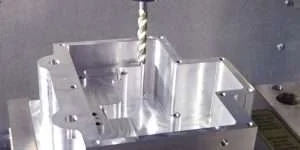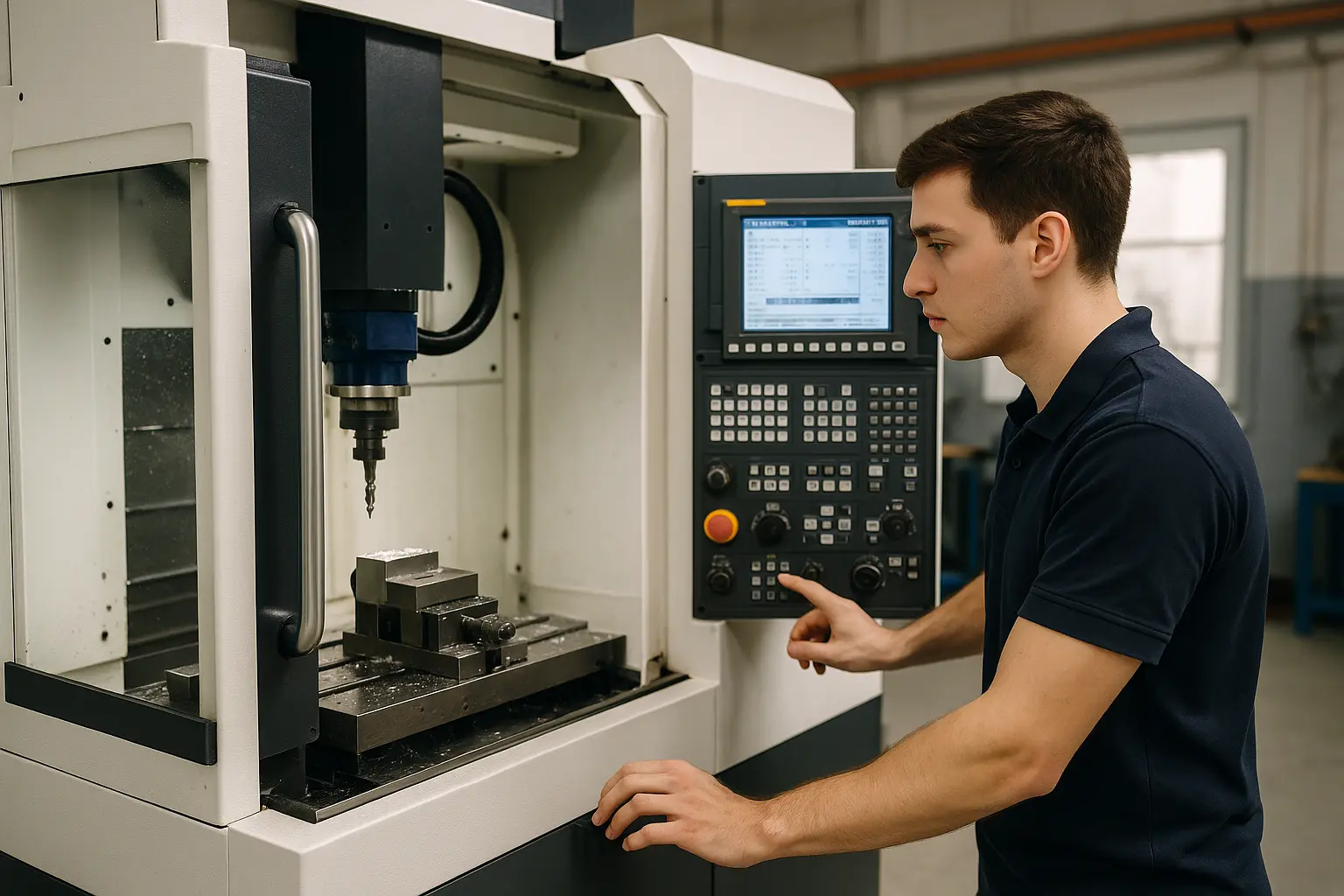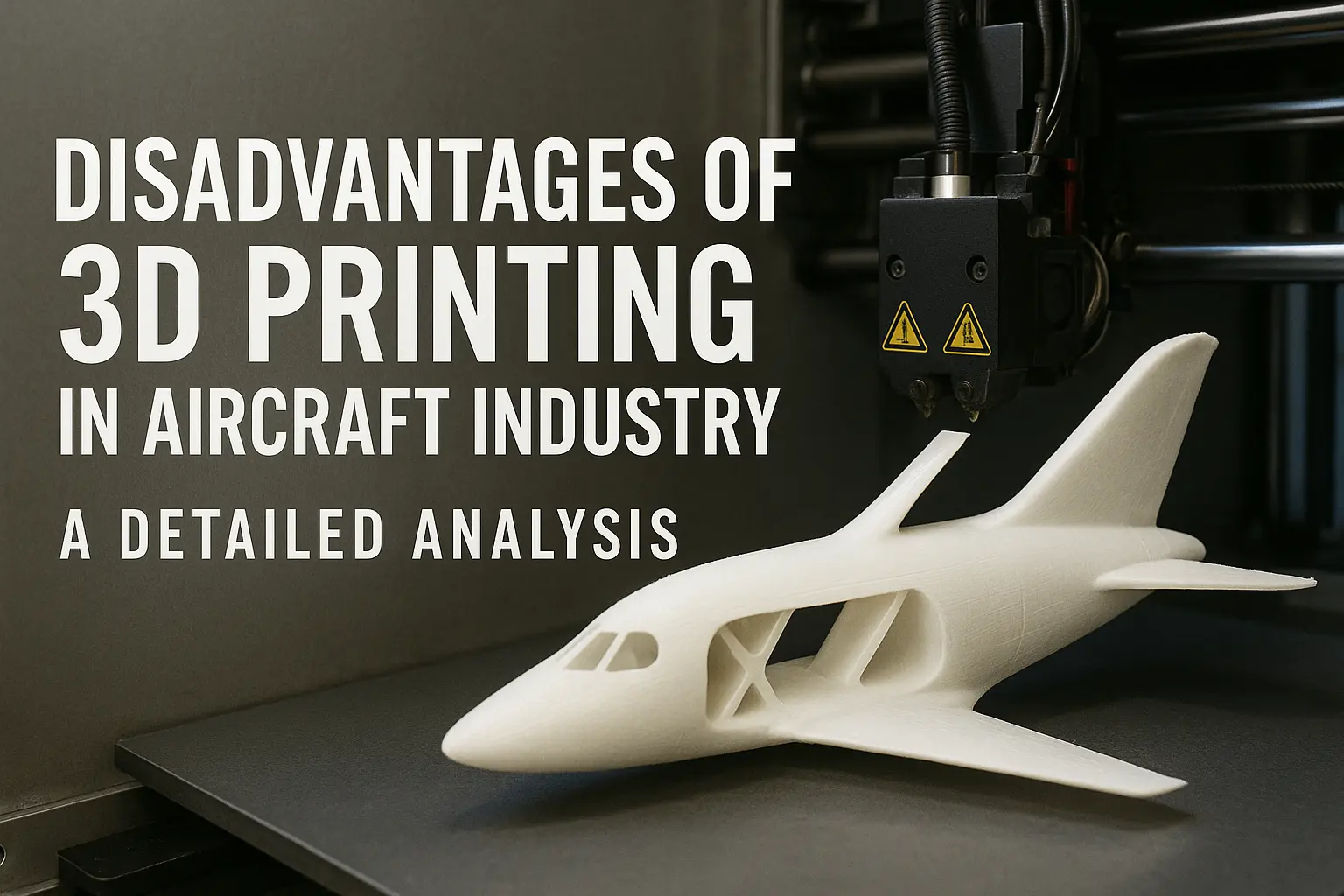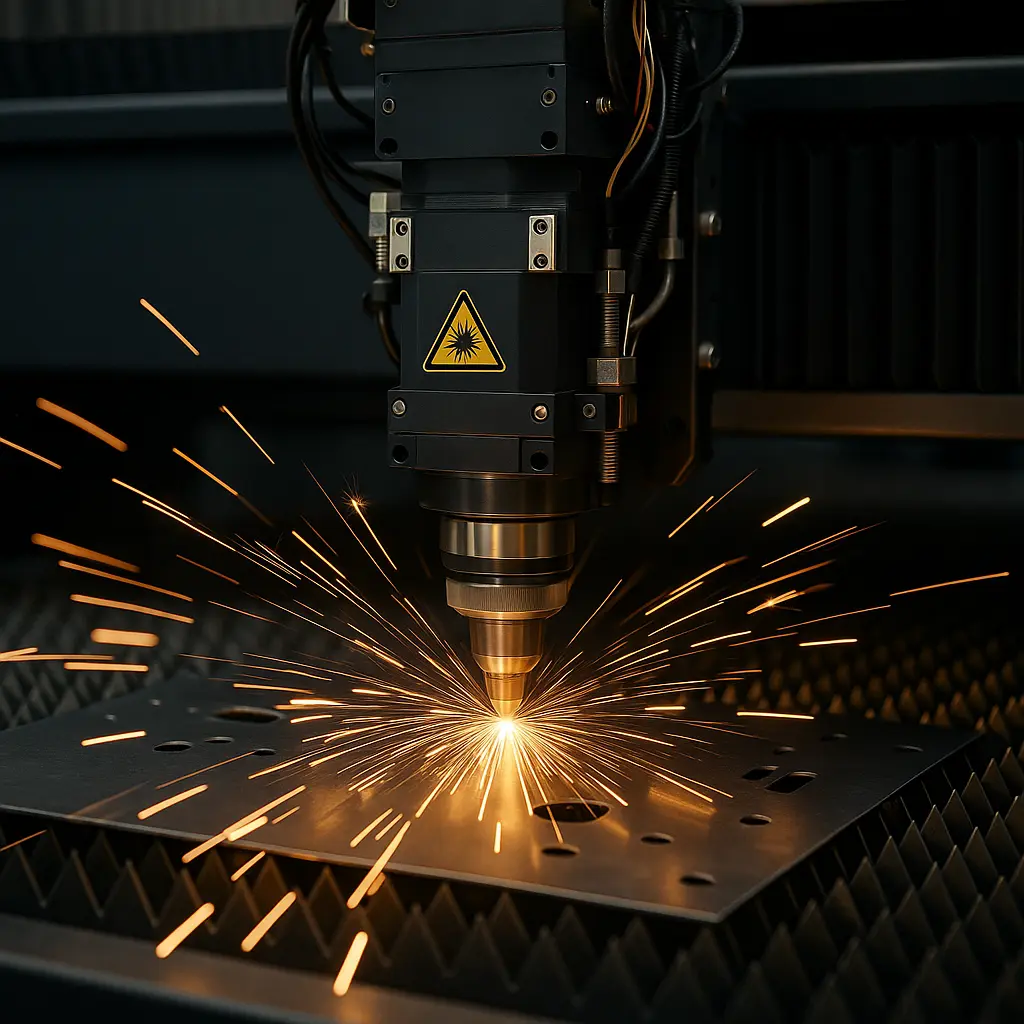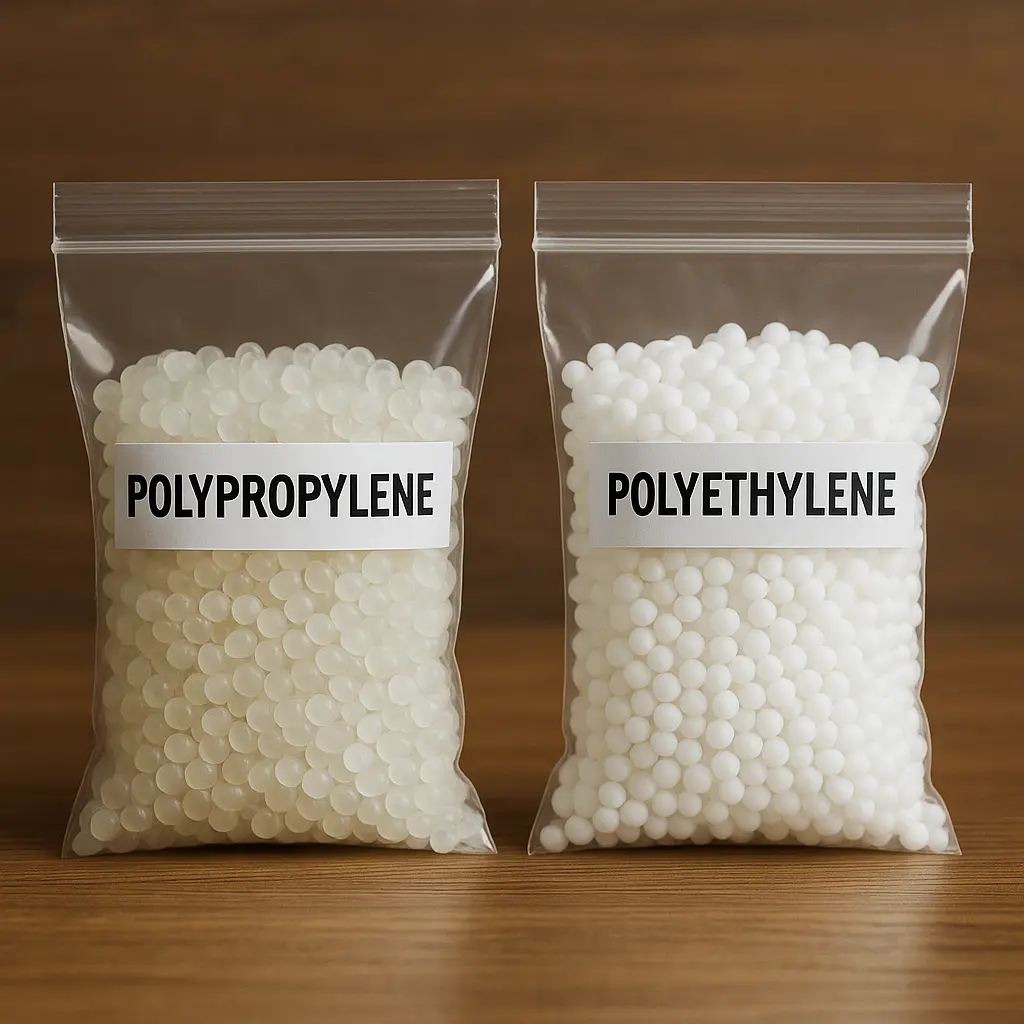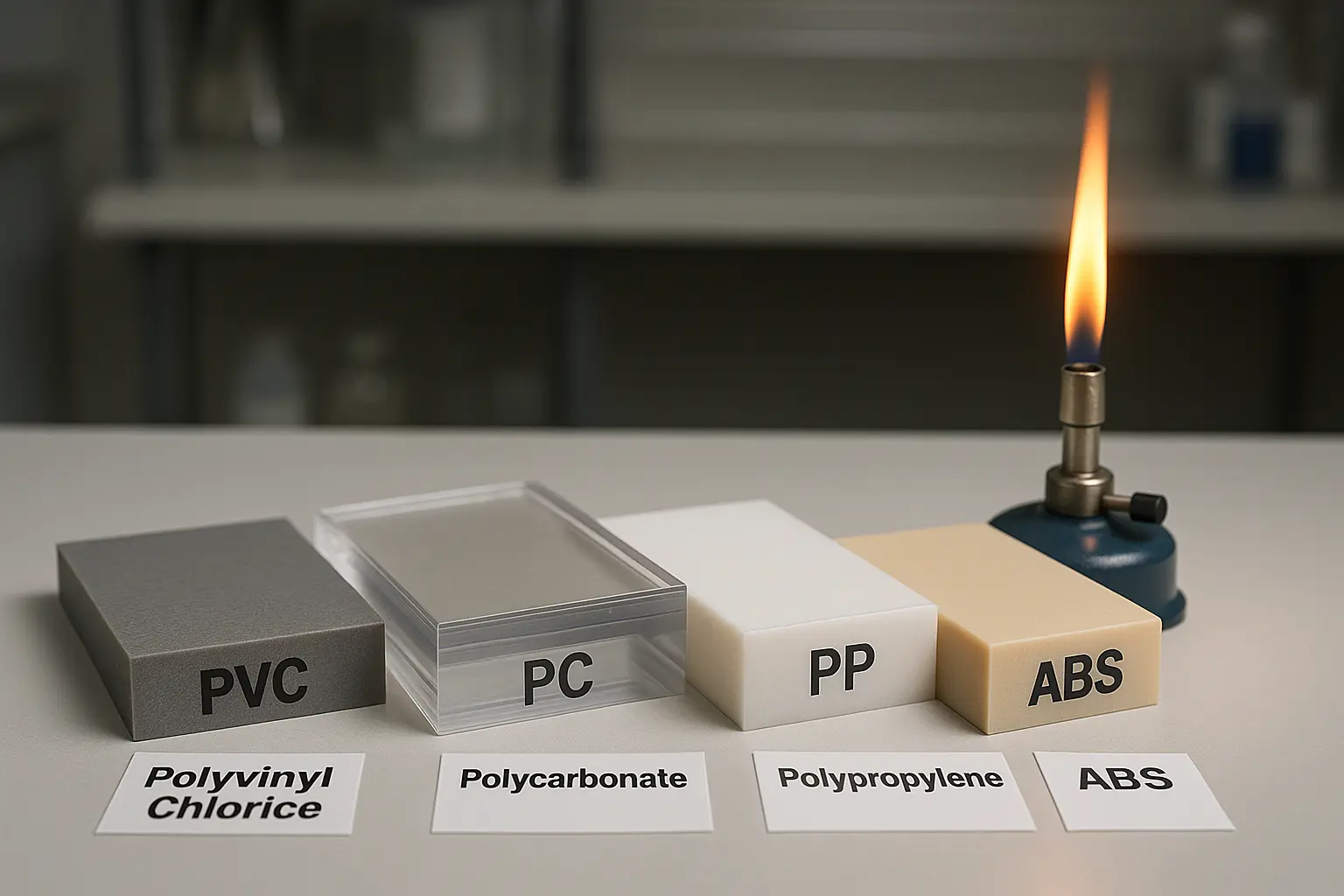Numerical control machine different parts is a crucial technique in today’s manufacturing world. It uses smart computers to make highly precise parts. As this method becomes more popular in different industries, people wonder: “How much time does it require to use CNC machining to create parts with varying levels of complexity?“
In this article, we will dissect the temporal requisites of CNC machining, spanning the gamut from simple geometric shapes to highly complex structures.

Advantage of Simplicity: Machine Different Parts Time for Simple Components
We’ll start by talking about simple parts like nuts, bolts, pins, cylinders, retaining rings, flat washers, and cuboids. These parts have basic shapes, which means they’re easy to make using machines. They don’t need a lot of cutting steps.
Creating a machine different parts for these parts is also easy. The machine can cut them quickly and efficiently. Usually, a simple part can go from raw material to finished product in just a few minutes. The exact time depends on things like how fast it cuts, how fast it moves, how deep it cuts, and other settings.
Geometry Matters
The geometric simplicity of these components is a key driver behind their speedy manufacturing. Shapes like cubes and cylinders have regular, easily defined contours that facilitate efficient machining. In contrast, irregular shapes or those with intricate curves demand more ideal toolpaths, extending machining time.
Efficiencies in Toolpath Design
The straightforward geometry of simple components often allows for the creation machine different parts of highly efficient toolpaths. Toolpaths are the routes that cutting tools follow during machining. In the case of simple components, these toolpaths are relatively direct, minimizing unnecessary movements and reducing machining time.

Machining Time for Moderately Complex Components
As we ascend the ladder of complexity, we encounter components like gears, camshafts, crankshafts, and connecting rods. These pieces possess a level of intricacy that significantly extends the machining time. Moderately complex components often feature multiple surfaces, holes, slots, fillet and chamfer, and other characteristics that demand a more substantial number of cutting operations.
Crafting machine different parts programs for these components becomes an art in itself, with cutting paths taking on a more convoluted trajectory. During the machining process, multiple tool changes and tool head substitutions may be necessary to cater to distinct cutting requirements, thus contributing to the overall machining time. Generally, machining time for moderately complex components falls within the range of several hours.
Geometry’s Complex Dance
Moderately complex components challenge manufacturers with their intricate geometry. Irregular surfaces, intricate curves, and numerous features necessitate careful planning and toolpath optimization. Each curve and contour adds complexity to the machining process.
Number of Tool Changes
One of the defining characteristics of moderately complex components is the need for multiple tool changes. Different tools are required to address various features and surfaces. Each tool change introduces a brief pause, and tool head substitutions add another layer of complexity, lengthening the overall machining time.

Pinnacle of Complexity: Machining Time for Highly Complex Components
At the apex of complexity lies a category of components that require an extensive spectrum of technologies, processes, and equipment. These components, found in cutting-edge domains such as turbine blades, intricate spacecraft parts, precision instrument constituents, and medical implants, demand nothing short of advanced machine different parts techniques and specialized knowledge.
Precision and reliability throughout the manufacturing process are paramount for these components, and as a result, CNC machining magnesium processes may involve synchronized motion across multiple axes. This complexity in programming naturally extends the machining time.
Frequent tool changes, precise coolant application, and other meticulous operations are essential to ensure machining quality and precision. Consequently, machine different parts time for highly complex components can vary from several tens of hours to several days, or in some cases, even longer.
Symphony of Complexity
Highly complex components are akin to symphonies, with numerous elements working in harmony. Their intricate designs demand synchronized movement across multiple axes. Each cut, turn, and rotation must be meticulously choreographed to achieve the desired outcome.
Art of Precision
In the world of highly complex components, precision is non-negotiable. The machining process often involves microscopic tolerances, demanding the utmost care and attention to detail. This pursuit of precision contributes to extended machine different parts times.
Factors That Influence Machining Time
Understanding the factors that influence machining duration is crucial for achieving efficiency in the manufacturing process. These factors include:

Material Matters
The material’s properties, including hardness, toughness, and other characteristics, play a pivotal role in determining cutting speed and tool lifespan, thus influencing machining time. Harder materials can slow down the cutting process, while softer ones may allow for faster machine different parts.
Cutting Tools
The type, size, and material of the cutting tool also have a bearing on machining time. Different tools possess varying cutting capabilities and lifespans. Choosing the right tool for the job is essential for efficiency.
Role of Machine Precision
The performance and precision of the machine different parts tool itself directly impact machining speed and quality. More advanced machine tools typically feature higher CNC machining stainless steel speeds and precision. Investments in cutting-edge machinery can yield significant reductions in machining time.
How to Estimating Machining Time?
For those seeking a rough estimation of machining time, several methods can be employed:

Data-Driven Insights
Utilizing historical data for similar components is a valuable starting point. By analyzing past projects, manufacturers can gain insights into the expected machining times for new components with similar characteristics.
Digital Assistant
In today’s digital age, machining manuals and specialized software tools have become invaluable resources. These tools can provide estimates of machining time based on specific parameters and processes, helping manufacturers plan and allocate resources effectively.
Cumulative Approach Revisited
Considering the average time for each machine different parts process and cumulatively adding these times remains a tried-and-true method for estimating machining time. This approach allows for a comprehensive understanding of the time required for each stage of production.
Formula for Precision
For the mathematically inclined, incorporating factors such as cutting parameters, tool characteristics, and material properties into machining time formulas can yield highly precise estimates. These formulas take into account every variable that influences machining time.
Conclusion
The intricacies of machine different parts are as diverse as the components themselves. Whether dealing with simple, moderately complex, or highly complex parts, a thorough understanding of the factors at play is indispensable for efficient decision-making and optimization within the manufacturing realm. This knowledge serves as a compass, guiding manufacturers toward the zenith of precision and productivity in the world of numerical control machining.

